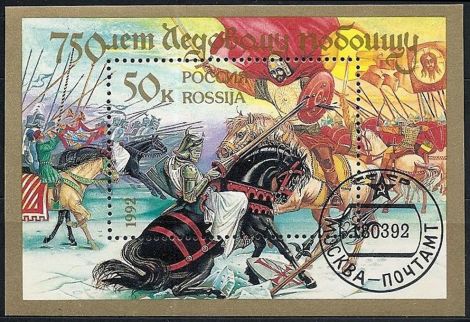Here’s an advance look at some of the “This Day in Geographic History” (TDIGH) events coming up this week. For each date, we’ve matched it with a map or visual, background information, and a classroom activity so you can plan ahead.
Check out our Pinterest board for more resources!
Monday, April 2

Photograph by British Press Service, courtesy Library of Congress
TDIGH 1930: Haile Selassie Becomes Emperor of Ethiopia
The Ethiopian emperor, who ruled from 1930 – 1974, is best remembered for his support of African unity and his role in inspiring Jamaica’s Rastafari movement.
Map: Ethiopia
Background: “None could be more considered more central to the modern history of Africa’s longest independent nation, Ethiopia, than Emperor Haile Selassie.” Learn more about Selassie’s legacy with this Q&A and timeline.
Activity: Learn how Selassie influenced the Rastafarian religion, and listen to NPR’s segment “A Visit to Ethiopia’s Rastafarian Diaspora”.
Tuesday, April 3

Photograph by Baron Hugo Van Lawick, National Geographic
TDIGH 1934: Happy Birthday, Jane Goodall
The famous primatologist, who began her career studying chimpanzees in Tanzania in 1960, continues to raise awareness about wildlife conservation.
Video: Watch this video about Jane Goodall’s life and work.
Background: Learn more about Jane Goodall through articles, videos, and interactive opportunities.
Activity: Use our idea set to get students to think like Jane—observing, conserving, communicating.
Thursday, April 5

Stamp courtesy A. Sdobnikov, courtesy Wikimedia. This work is not an object of copyright according to Part IV of Civil Code No. 230-FZ of the Russian Federation of December 18, 2006.
TDIGH 1242: Battle of the Ice
The gruesome battle in which Russian forces defeated the Teutonic Knights established political borders that remain today.
Map: Take a look at Estonia’s border with Russia. How much of that border is determined by Lake Peipus?
Activity: Have your students discuss this clip of the Battle of the Ice from the classic Russian film Alexander Nevsky. How does the director of the film tell the story mostly without dialogue? How does music contribute to the atmosphere? What clues let the viewers know what characters the filmmaker wants them to have sympathy with?
Friday, April 6

Photograph courtesy National Geographic.
TDIGH 1909: Peary Reaches the Pole
It is still disputed whether American explorers Robert Peary and Matthew Henson actually reached the North Pole in on this expedition.
Background: Facts about the North Pole’s history, geography, and resources.
Activity: Historians are still debating whether Peary and Henson were the first to reach the North Pole. Have students read this article about the controversy, engage in research, and hold a class debate.
Saturday, April 7

Photograph by Pete Muller, National Geographic.
TDIGH 1948: World Health Organization Established
The UN agency has provided emergency medical assistance after disasters, fought the spread of diseases, and implemented public health campaigns.
Visuals: Browse WHO’s terrific library of infographics on topics such as adolescent health, environmental health, and the Sustainable Development Goals (SDGs).
Background: What does the WHO do?


One thought on “This Week in Geographic History: April 2-8”